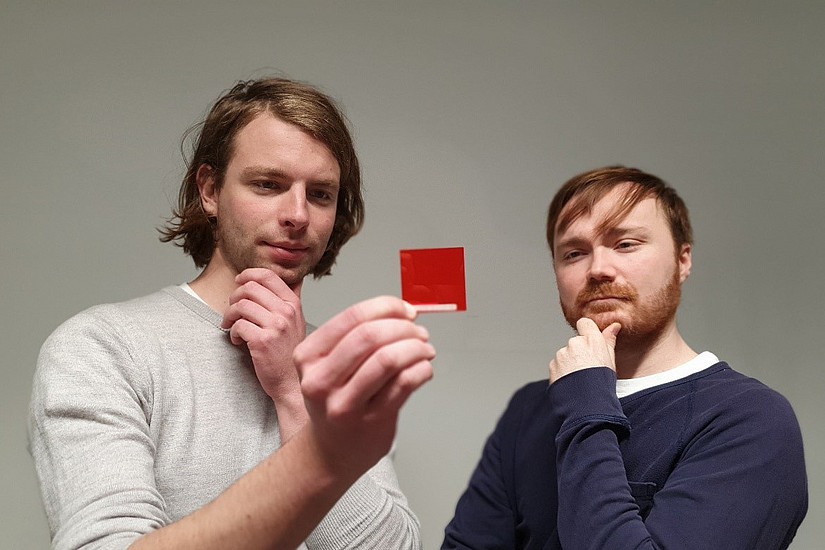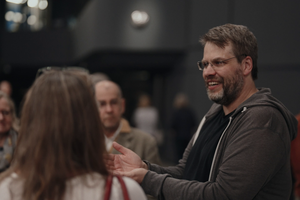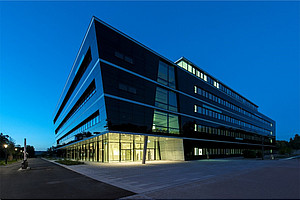Two PhD candidates from the OpNaQ research group and the doctoral academy NanoGraz, Johannes Bütow and Brian Kantor, have been chosen to attend this year’s Siegman International School on Lasers hosted by the Dublin City University. The program will feature lectures by renowned experts ranging from ultrafast nonlinear optics and optoelectronics to integrated silicon photonics. Furthermore, industry leaders in the sector of optical instrumentation will be giving insights on working in optical research and development.
Johannes Bütow has years of experience working with reconfigurable integrated photonic devices and has successfully developed novel applications of such circuits involving free-space structured light [1,2]. Brian Kantor devotes his research to special optical materials possessing a zero-valued permittivity and studies its interaction with sculpted light fields [3]. Their participation in and contributions to the Siegman International School will be a valuable experience for them and are sure to enrich the experience for all participants.
For more information about this event, please follow:
https://www.optica.org/en-us/events/topical_meetings/siegman_international_school_on_lasers/
Contact: Peter Banzer, peter.banzer(at)uni-graz.at
[1] J. Bütow, J. S. Eismann, M. Milanizadeh, F. Morichetti, A. Melloni, D. A. B. Miller, P. Banzer, Spatially resolving amplitude and phase of light with a reconfigurable photonic integrated circuit, Optica 9, 939 (2022); https://doi.org/10.1364/OPTICA.458727
[2] J. Bütow, J. S. Eismann, V. Sharma, D. Brandmüller, P. Banzer, Generating free-space structured light with programmable integrated photonics, arXiv:2304.08963 (2023)
[3] J. S. Eismann, L. Ackermann, B. Kantor, S. Nechayev, M. Z. Alam, R. Fickler, R. W. Boyd, P. Banzer, Enhanced spin–orbit coupling in an epsilon-near-zero material, Optica 9, 1094 (2022); https://doi.org/10.1364/OPTICA.469079




